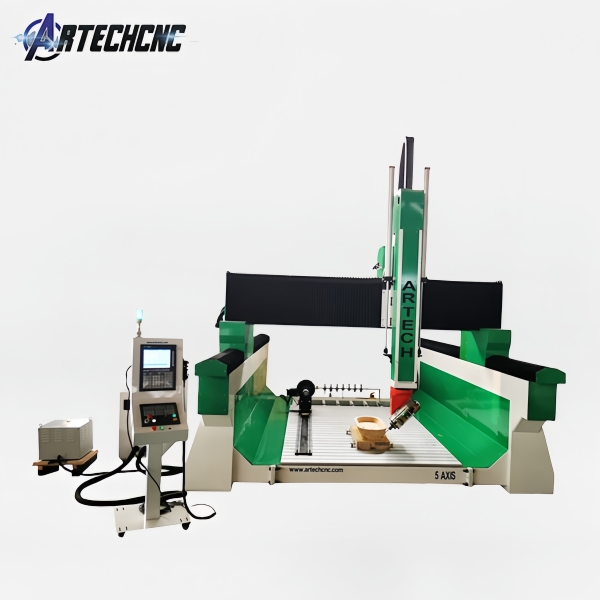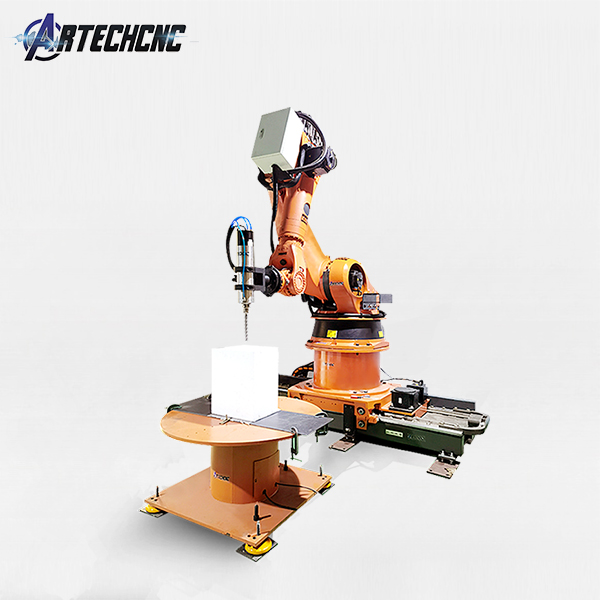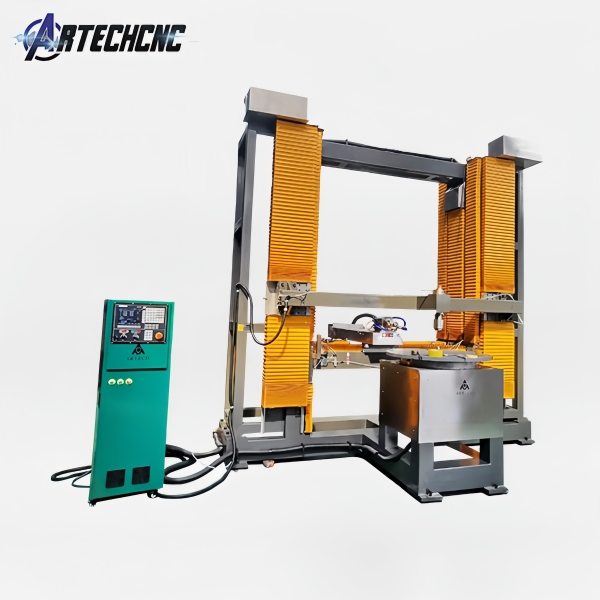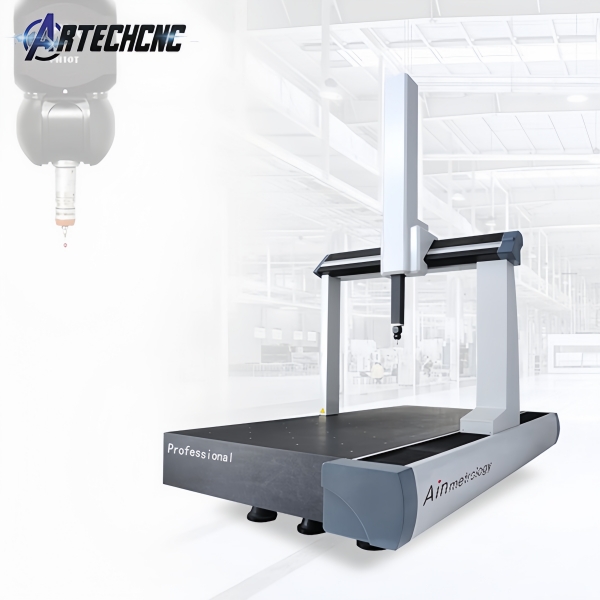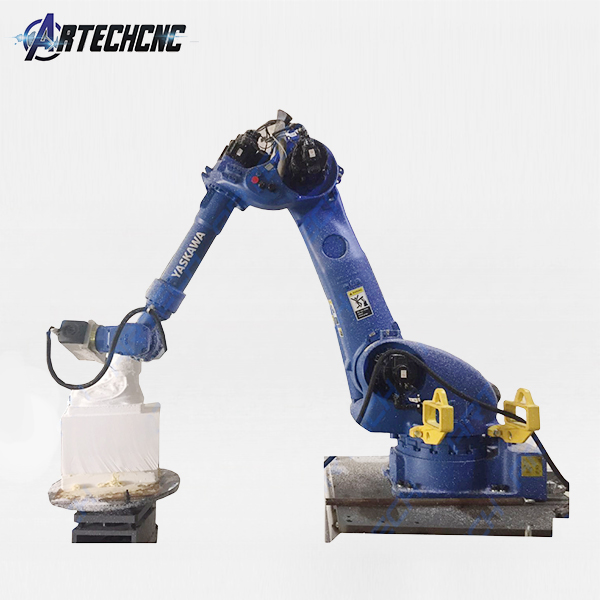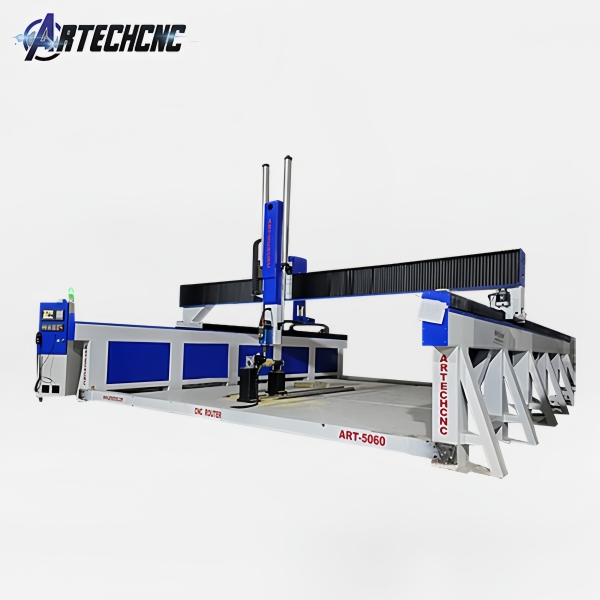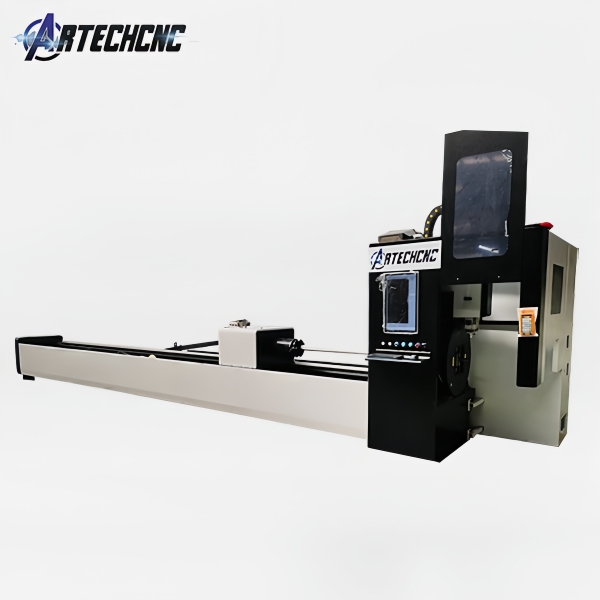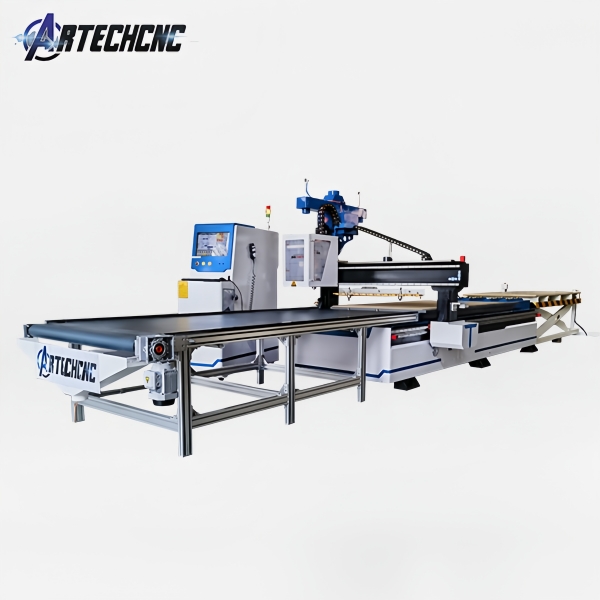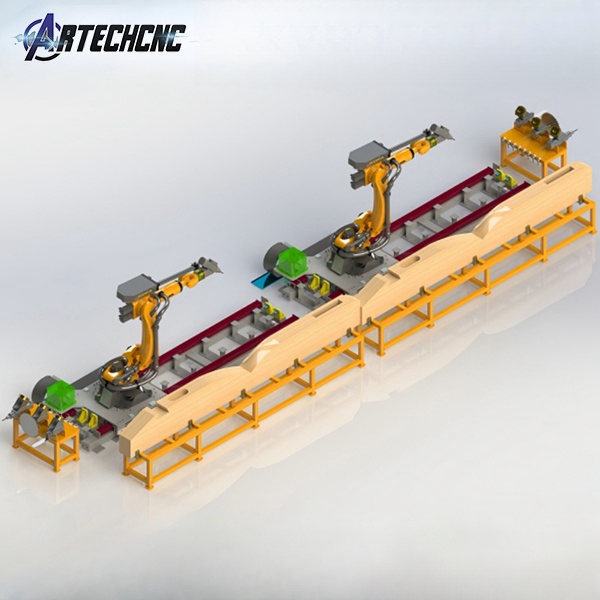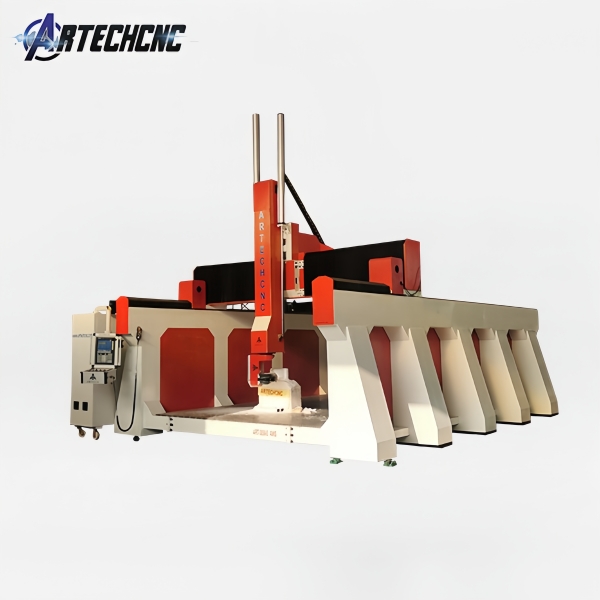Understanding Robotic Axes: The Key to Industrial Automation
In the world of industrial automation, robotic axes, also referred to as degrees of freedom (DOF), are the foundation of a robot's functionality and versatility. These axes define the range of movements a robot can perform, enabling it to execute complex tasks with precision and efficiency. Each axis corresponds to a specific type of motion, such as rotation or translation, which allows the robot to maneuver in different directions and orientations. The concept of robotic axes is critical in understanding how robots operate, particularly in applications that demand high levels of accuracy and flexibility, such as welding, painting, and assembly. Among the various types of robots, 6-axis robots stand out as the most versatile and widely used in industrial settings.
Types of Robot Axes: A Detailed Breakdown
Robotic axes are categorized into two main types: linear axes and rotational axes. These axes work together to provide the robot with the ability to move and orient itself in three-dimensional space. Let’s explore each type in detail.
1. Linear Axes
Linear axes enable straight-line movements along the three primary spatial dimensions: X, Y, and Z. These movements are essential for positioning the robot's arm or end-effector in a specific location within its workspace.
1. Translation (Straight-line Movement): This refers to movement along the X, Y, or Z axes, allowing the robot to move in a straight line horizontally or vertically.
2. X-axis: The X-axis represents horizontal movement from left to right. This axis is crucial for tasks that require lateral positioning, such as placing components on a conveyor belt or moving between workstations.
3. Y-axis: The Y-axis governs horizontal movement forward and backward. This axis is often used in applications where the robot needs to reach into or retract from a workspace, such as in pick-and-place operations.
4. Z-axis: The Z-axis controls vertical movement, enabling the robot to move up and down. This axis is vital for tasks that involve lifting or lowering objects, such as stacking boxes or loading materials into a machine.
2. Rotational Axes
Rotational axes allow the robot to rotate around a fixed point, providing the ability to adjust the orientation of the end-effector or tool. These movements are essential for tasks that require precise angular positioning, such as welding or painting.
1. Rotation around a fixed point: This type of movement involves rotating around a specific axis, allowing the robot to change the orientation of its tool or end-effector.
2. Yaw: Yaw refers to rotation around the vertical axis (Z-axis). This movement is akin to turning the robot's head left or right and is crucial for aligning the tool with the workpiece.
3. Pitch: Pitch involves rotation around the horizontal axis (Y-axis). This movement is similar to nodding the robot's head up or down and is essential for adjusting the angle of the tool relative to the workpiece.
4. Roll: Roll is the rotation around the front-to-back axis (X-axis). This movement is analogous to tilting the robot's head sideways and is important for tasks that require the tool to be oriented at a specific angle, such as screwing or drilling.
The Power of 6-Axis Robots
6-axis robots are the most advanced and widely used type of industrial robots due to their unparalleled flexibility and precision. These robots are equipped with six degrees of freedom, combining both linear and rotational axes to perform complex tasks with ease. The first three axes (X, Y, Z) are responsible for positioning the robot's arm in three-dimensional space, while the last three axes (yaw, pitch, roll) adjust the orientation of the tool or end-effector.
Why 6-Axis Robots Are So Popular
The popularity of 6-axis robots stems from their ability to perform a wide range of tasks with high precision and adaptability. Here are some key reasons why they are favored in industrial applications:
1. Unmatched Flexibility: The six degrees of freedom allow 6-axis robots to move in almost any direction and orient their tools in any angle. This makes them ideal for applications that require navigating tight spaces or performing complex movements, such as welding in confined areas or assembling intricate components.
2. High Precision: The combination of linear and rotational axes enables 6-axis robots to achieve micron-level accuracy. This precision is critical for tasks like assembling electronic components, performing medical procedures, or machining delicate parts.
3. Versatility: 6-axis robots can be programmed to perform a wide variety of tasks, from welding and painting to material handling and assembly. This versatility makes them a valuable asset in industries such as automotive, aerospace, electronics, and healthcare.
4. Efficiency: With their ability to perform complex tasks quickly and accurately, 6-axis robots significantly improve productivity and reduce production time. This efficiency translates into cost savings and higher output for manufacturers.
How 6-Axis Robots Work Together
The integration of multiple axes in a 6-axis robot allows it to perform advanced movements that would be impossible with fewer axes. Here’s how these axes work together to achieve complex tasks:
1. Positioning: The first three axes (X, Y, Z) position the robot's arm in the desired location within its workspace. For example, in a welding application, the robot moves its arm to the exact spot where the weld needs to be made.
2. Orientation: The last three axes (yaw, pitch, roll) adjust the orientation of the tool or end-effector. In the welding example, the robot adjusts the angle of the welding torch to ensure a precise and consistent weld.
3. Coordination: The six axes work in harmony to perform smooth and coordinated movements. This coordination is essential for tasks that require following complex paths, such as painting a curved surface or assembling a multi-part component.
Applications of 6-Axis Robots
6-axis robots are widely used across various industries due to their versatility and precision. Here are some of the most common applications:
1. Welding: In the automotive and aerospace industries, 6-axis robots are used for welding applications. Their ability to navigate tight spaces and adjust the orientation of the welding torch makes them ideal for welding complex geometries, such as car frames or aircraft components.
2. Painting: 6-axis robots are used in the automotive and manufacturing industries for painting applications. Their precise movements and ability to follow complex paths ensure an even and consistent coat of paint, resulting in a high-quality finish.
3. Assembly: In assembly lines, 6-axis robots perform tasks such as screwing, riveting, and inserting components. Their flexibility and accuracy make them ideal for assembling small and intricate parts, such as electronic devices or medical instruments.
4. Material Handling: In warehouses and manufacturing facilities, 6-axis robots are used for material handling tasks, such as picking and placing objects, palletizing, and sorting. Their ability to move in multiple directions and adjust their orientation allows them to handle a wide range of objects with ease.
5. Machining: 6-axis robots are also used in machining applications, such as grinding, polishing, and deburring. Their precise movements and ability to follow complex paths make them ideal for finishing tasks that require a high level of accuracy.
Key Benefits of 6-Axis Robots
The advantages of 6-axis robots make them indispensable in modern industrial automation. Here are some of the key benefits:
1. Enhanced Flexibility: The six degrees of freedom allow 6-axis robots to perform tasks that require complex movements and orientations. This flexibility is particularly valuable in applications where space is limited or where the robot needs to perform multiple tasks in a single cycle.
2. Superior Accuracy: With six axes, 6-axis robots can achieve finer control over their movements, resulting in higher precision. This is crucial for tasks that require exact positioning, such as assembling small components or performing delicate operations like laser cutting.
3. Advanced Capabilities: The combination of linear and rotational axes enables 6-axis robots to perform advanced movements, such as following curved paths or adjusting their orientation in real-time. This makes them ideal for applications like arc welding, where the torch must follow the contour of the workpiece.
4. Increased Productivity: The efficiency and precision of 6-axis robots lead to faster production times and higher output. This translates into cost savings and improved profitability for manufacturers.
Conclusion
Robotic axes are the backbone of industrial robots, enabling them to perform a wide range of tasks with precision and flexibility. Among the various types of robots, 6-axis robots stand out as the most versatile and widely used in industrial settings. Their combination of linear and rotational axes allows them to navigate complex paths, adjust their orientation, and perform advanced movements that would be impossible with fewer axes. As a result, 6-axis robots are widely used in industries such as automotive, aerospace, electronics, and healthcare, where their versatility and accuracy are highly valued. With the continued advancement of robotics technology, the capabilities of 6-axis robots are expected to expand even further, opening up new possibilities for automation and innovation in the industrial sector.

